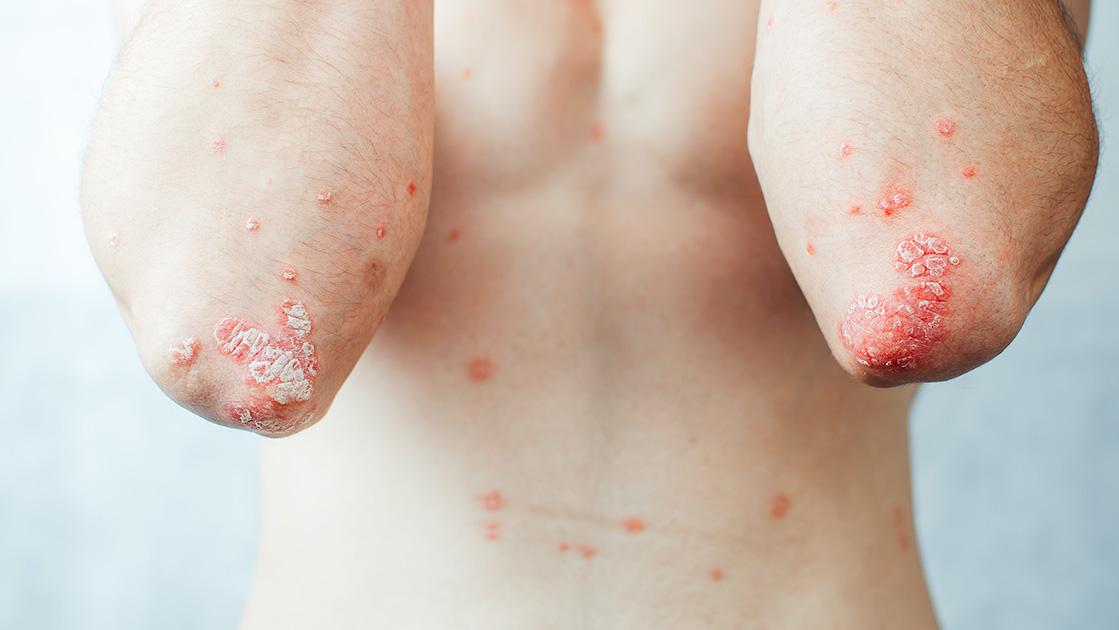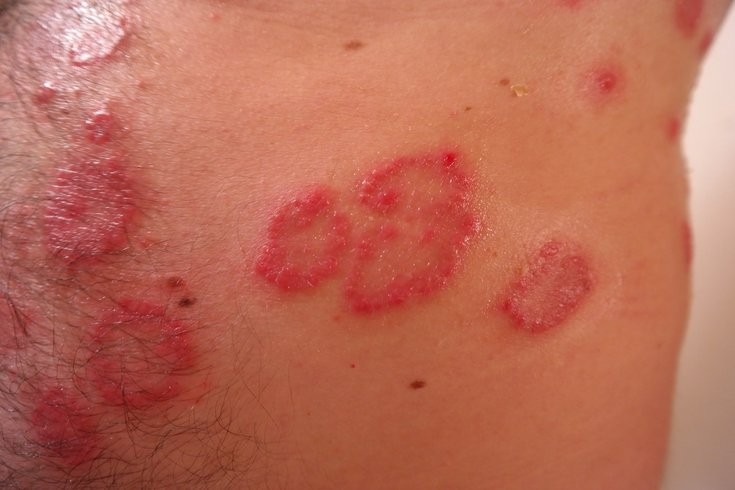Ask Ayurvedic doctor a question and get a consultation online on the problem of your concern in a free or paid mode. More than 2,000 experienced doctors work and wait for your questions on our site and help users to solve their health problems every day.
Shop Now in Our Store
Sidhma Kushta – Ayurvedic Approach to Treating Skin Disorders

Introduction to Sidhma Kushta
Sidhma Kushta is a skin disorder recognized in Ayurvedic medicine that manifests through chronic inflammation, lesions, and discomfort. Rooted in ancient Ayurvedic principles, the treatment of Sidhma Kushta focuses on restoring balance by addressing doshic imbalances, detoxifying the body, and rejuvenating the skin. By integrating natural herbs, dietary modifications, and specialized therapies, Ayurveda provides a holistic approach to managing Sidhma Kushta and promoting lasting skin health.
Historical Roots & Ayurvedic Significance
In Ayurveda, skin disorders like Sidhma Kushta have been attributed to imbalances in Pitta and Kapha doshas. Ancient Ayurvedic texts describe various methods to purify the blood, eliminate toxins (ama), and restore the harmony of the doshas, which are essential for healthy skin. The traditional treatments for Sidhma Kushta emphasize a comprehensive detoxification process, herbal therapies, and lifestyle adjustments to reduce inflammation and promote natural healing. This historical perspective underscores the significance of addressing the root causes of skin disorders rather than merely alleviating symptoms.
Key Components & Therapeutic Benefits
Herbal Formulations & Detoxification
Ayurvedic treatments for Sidhma Kushta utilize potent herbal formulations that include ingredients such as neem, turmeric, manjistha, and aloe vera. These herbs work synergistically to detoxify the blood, reduce inflammation, and soothe irritated skin. The bitter and astringent properties of these herbs are particularly beneficial in purifying the skin and restoring its natural balance.
Dosha Balancing & Immune Support
A core therapeutic benefit of treating Sidhma Kushta in Ayurveda is the restoration of doshic equilibrium. By balancing Pitta and Kapha, the treatment helps reduce the chronic inflammation and heat that often exacerbate skin lesions. This dosha balancing not only alleviates the physical symptoms but also enhances the overall immune response, helping the body combat external aggressors.
Holistic Skin Rejuvenation
Beyond detoxification and dosha regulation, Ayurvedic therapies for Sidhma Kushta promote overall skin rejuvenation. Through specialized massage techniques like Abhyanga (oil massage) and Swedana (herbal steam therapy), circulation is improved, and deeper tissues are nourished. This holistic approach encourages cellular repair, leading to improved skin texture, reduced scarring, and a more vibrant complexion.
Integration with Lifestyle and Dietary Modifications
Successful management of Sidhma Kushta also involves comprehensive lifestyle adjustments. Ayurveda recommends dietary changes that favor warm, easily digestible foods while avoiding excessive spicy, sour, and fried items which may aggravate Pitta. Additionally, stress reduction techniques such as yoga and meditation are integral to the healing process, as they help regulate both emotional and physical well-being.
How Sidhma Kushta Works: The Science Behind the Treatment
The Ayurvedic approach to Sidhma Kushta focuses on the principle that skin health is a reflection of internal balance. The targeted herbal therapies work to detoxify the bloodstream and modulate inflammatory pathways. Modern research supports that many of these herbs contain bioactive compounds with antioxidant and anti-inflammatory properties, which can help repair skin cells and reduce the severity of lesions. By harmonizing the body’s internal environment, these treatments foster a natural and sustained recovery of the skin.
Choosing the Right Ayurvedic Remedies & Guidance
When seeking treatment for Sidhma Kushta, it is crucial to consult with a certified Ayurvedic practitioner. Personalized assessments based on your individual constitution (Prakriti) and the severity of the condition can guide the selection of appropriate herbal formulations and therapies. Ensure that all remedies are sourced from reputable suppliers and prepared using traditional Ayurvedic methods to maximize safety and effectiveness.
Recommended Dosage & How to Use Ayurvedic Treatments for Sidhma Kushta
Practical guidelines for incorporating Ayurvedic therapies into your regimen for Sidhma Kushta include:
- Herbal Decoctions: Consume prescribed decoctions (typically 15-30 ml) once or twice daily on an empty stomach to support internal detoxification.
- Topical Applications: Apply herbal pastes or oils directly to the affected areas as recommended to soothe inflammation and promote healing.
- Therapeutic Sessions: Integrate complementary therapies like Abhyanga and Swedana into your routine to enhance circulation and facilitate deeper tissue repair.
- Professional Guidance: Follow a treatment plan designed by an Ayurvedic expert to ensure dosage and therapy duration are tailored to your specific condition.
Potential Side Effects & Precautions
While Ayurvedic treatments for Sidhma Kushta are generally safe when properly administered, some precautions should be observed:
- Herbal Sensitivity: Some individuals may experience mild digestive discomfort or skin irritation during the detoxification phase.
- Pregnancy & Nursing: Women who are pregnant or nursing should seek specialized advice before starting any detoxification protocols.
- Monitoring: Regular follow-ups with your practitioner are essential to monitor progress and adjust treatments as needed.
- Quality Assurance: Always use high-quality, organic herbs to minimize the risk of adverse reactions.
Frequently Asked Questions
What is Sidhma Kushta, and how is it identified in Ayurveda?
Sidhma Kushta is a skin disorder characterized by chronic inflammation, lesions, and toxin accumulation. In Ayurveda, it is identified by symptoms linked to imbalances in Pitta and Kapha doshas.
How does Ayurvedic treatment for Sidhma Kushta work?
Ayurvedic treatment for Sidhma Kushta focuses on detoxification, dosha balancing, and skin rejuvenation through herbal formulations, dietary modifications, and complementary therapies like Abhyanga and Swedana.
What herbs are commonly used in treating Sidhma Kushta?
Common herbs include neem, turmeric, manjistha, and aloe vera, all known for their detoxifying, anti-inflammatory, and skin-healing properties.
Can lifestyle changes aid in managing Sidhma Kushta?
Yes, lifestyle adjustments such as a balanced diet, stress reduction techniques, and regular exercise are crucial components that support Ayurvedic treatments for Sidhma Kushta.
How long does it take to see results from Ayurvedic treatments for Sidhma Kushta?
Results vary by individual, but many patients notice improvements in skin clarity and reduced inflammation within a few weeks of consistent treatment.
Are there any side effects associated with these treatments?
Most Ayurvedic treatments are well-tolerated, though some individuals might experience temporary digestive or skin reactions during the detox phase. Consultation with a practitioner is advised.
Where can I find authentic Ayurvedic guidance for treating Sidhma Kushta?
Consult certified Ayurvedic clinics or practitioners who are experienced in managing skin disorders. Reputable sources include well-established Ayurvedic centers and certified online platforms.
Conclusion & Expert Insights
Sidhma Kushta represents a complex skin disorder that requires a comprehensive, holistic approach to treatment. By leveraging the ancient wisdom of Ayurveda—through detoxification, herbal therapy, and lifestyle modifications—patients can achieve significant improvements in skin health and overall well-being. With personalized guidance and consistent treatment, Ayurveda offers a natural pathway to restore balance and promote lasting healing.
References & Further Reading
- Sharma, P.V. (1995). Ayurvedic Healing: A Comprehensive Guide.
- Lad, V. (2002). Ayurveda: The Science of Self-Healing.
- National Institute of Ayurveda:
- Journal of Ayurveda and Integrative Medicine: Peer-reviewed research articles on Ayurvedic treatments for skin disorders
This article is checked by the current qualified Dr Sujal Patil and can be considered a reliable source of information for users of the site.



